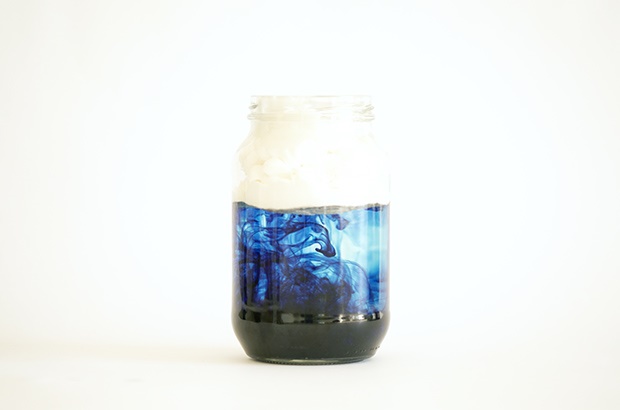“Mom, how deep is the ocean?”
“Why is the sky blue?”
“And how do clouds make rain?”
Sometimes, kids ask questions that aren’t exactly the easiest to answer, never mind explain. But while we may grow tired of the millions of questions that trigger their curiosity at any given moment throughout the day, in those moments remember that a curious kid is just one trying to make sense of the world around them, which will ultimately result in a better understanding and knowledge of how things work.
A curious kid is a smart kid!
- WATCH: Teach kids about science with this homemade lava lamp!
- Try out these science experiments at home and boost your child’s academic success
- When children sing and play, they’re also becoming scientific explorers
But that still doesn’t quite answer how parents can explain questions that may be challenging to grasp, especially when kids are expected to do so in an abstract way.
We’d suggest finding a science experiment though, to show them right before their eyes, exactly how particular things work or happen. So we took the liberty of answering that last one for you, by making it rain, in theory, in a jar.
Watch the video above and scroll down to see what you’ll need for this experiment and how to explain it to the kids.
Are there any other simple and easy experiments you've tried at home to teach your kids particular concepts? Send us your ideas to chatback@parent24.com.
Here’s what you’ll need and how to carry out your experiment:
- Jar
- Water
- Shaving cream
- Blue food colouring
Take an empty jar and fill it with water – this will symbolise the air – and to make your cloud, spray shaving cream on top of the water.
The shaving cream should cover the surface. Drop the food colouring – your water – on the surface of the shaving cream, a drop at a time, until it seeps through and you can see the beads appear as streaks of blue in the water.
Here’s how to explain it:
When water from the ocean, or rivers, lakes and streams, is heated by the sun, it rises up, as water vapour, into the air. This is called evaporation.
The air gets colder the higher up we move into the atmosphere. So the water vapour will eventually turn back into a liquid – this phase is known as condensation – and when the droplets of water stick together, it appears as clouds in the sky.
However, when enough droplets stick together they become large and heavy, and as we know, when something becomes too heavy for us to carry, it falls. The same is true for our droplets. So by the force of gravity, the water is pulled down and this final stage of the water cycle is known as precipitation.
Are there any other simple and easy experiments you've tried at home to teach your kids particular concepts? Send us your ideas!
Chat back:
Share your story with Parent24. Anonymous contributions are welcome.
Email: Share your story with us via email at chatback @ parent24.com




 Publications
Publications
 Partners
Partners












